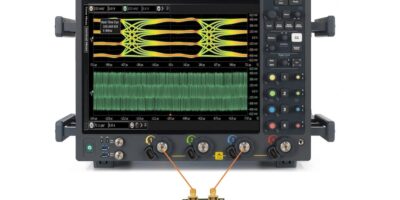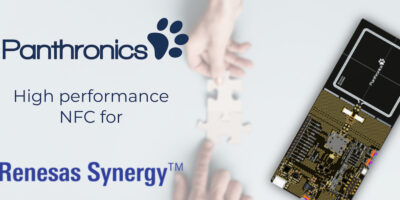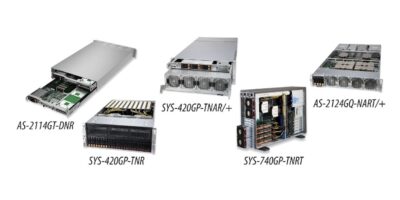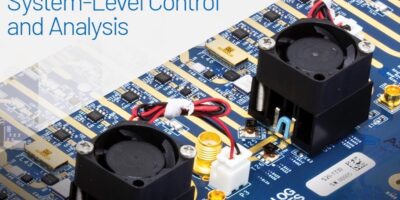Keysight Technology has expanded its automotive Ethernet software portfolio to address multi-Gbit standards that govern automotive Ethernet for in-vehicle networks.
Next-generation ADAS systems, for example, need camera and radar systems that deliver high resolution which requires increased data rates and high bandwidth networking. Automotive Ethernet enables faster data communication to meet these demands in today’s vehicles and tomorrow’s connected vehicles.
Keysight offers three software additions for 1G and multi-Gbit data rates that enable Tier 1, OEM, chipset vendors and other automotive suppliers, to quickly validate and debug automotive Ethernet devices. Benefits include faster time-to-market and achieving IEEE and OPEN Alliance compliance but the higher speeds can result in data loss, interference and greater risk of missed or incorrect packets of information.
The automotive Ethernet transmit and channel test software solution for IEEE 802.3ch 2.5, 5.0 or 10Gbits per second quickly test, debug and characterise complex multi-Gbit automotive Ethernet designs.
The automotive Ethernet solutions from Keysight provide the hardware, software, cables and accessories needed for compliance testing. Based on functional and multi-purpose hardware with repeatable measurement results from Infiniium UXR-Series Real-Time and MXR-Series real time oscilloscope families, as well as E5080B ENA vector network analyser (VNA), PXI VNAs or Streamline USB VNAs for design verification and validation.
The automotive Ethernet software offers greater confidence with a device that is compliant to six standards for transmitters, two for receivers and six for link segments.
Keysight includes all relevant hardware, software and accessories into one model number, saving time and money with only one compliance application to buy and use.
The software also allows designers to create a test plan and automatically set up the instrumentation for each measurement, applying the limit lines.
Other benefits are automated reporting in a comprehensive HTML or PDF format with margin analysis, automated set ups to ensure result repeatability and enable teams to run tests without becoming experts in the required procedures.
Keysight also says the results are accurate and repeatable with its instrumentation and specific automotive Ethernet fixtures and adapter boards. Finally, the software enables protocol decoding for 1000BASE-T1 PHYs that quickly troubleshoots automotive Ethernet protocol problems back to its timing or signal integrity root cause.







